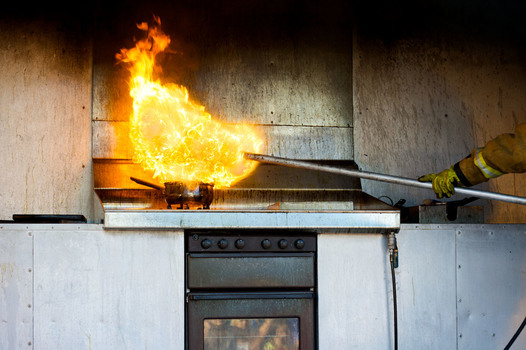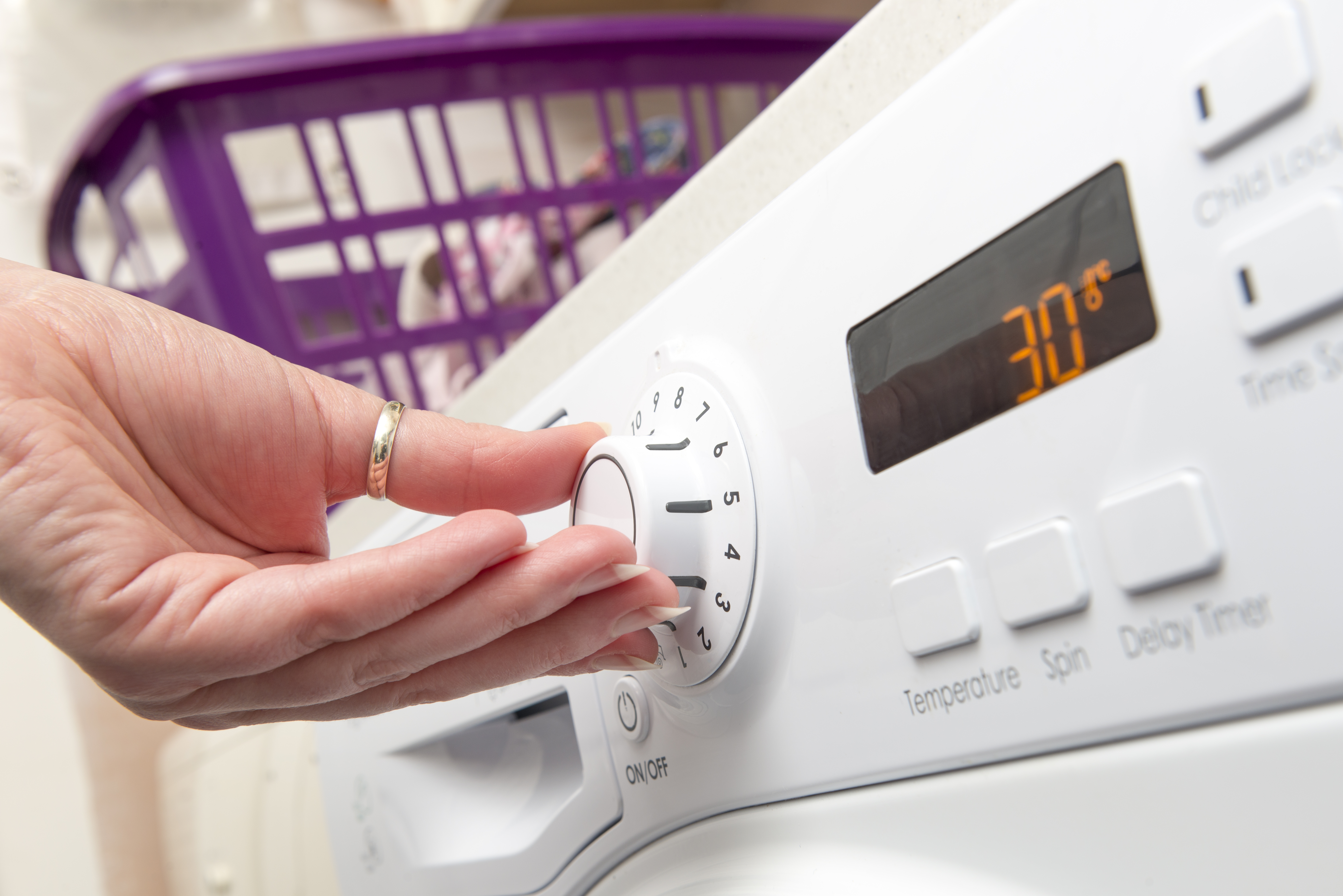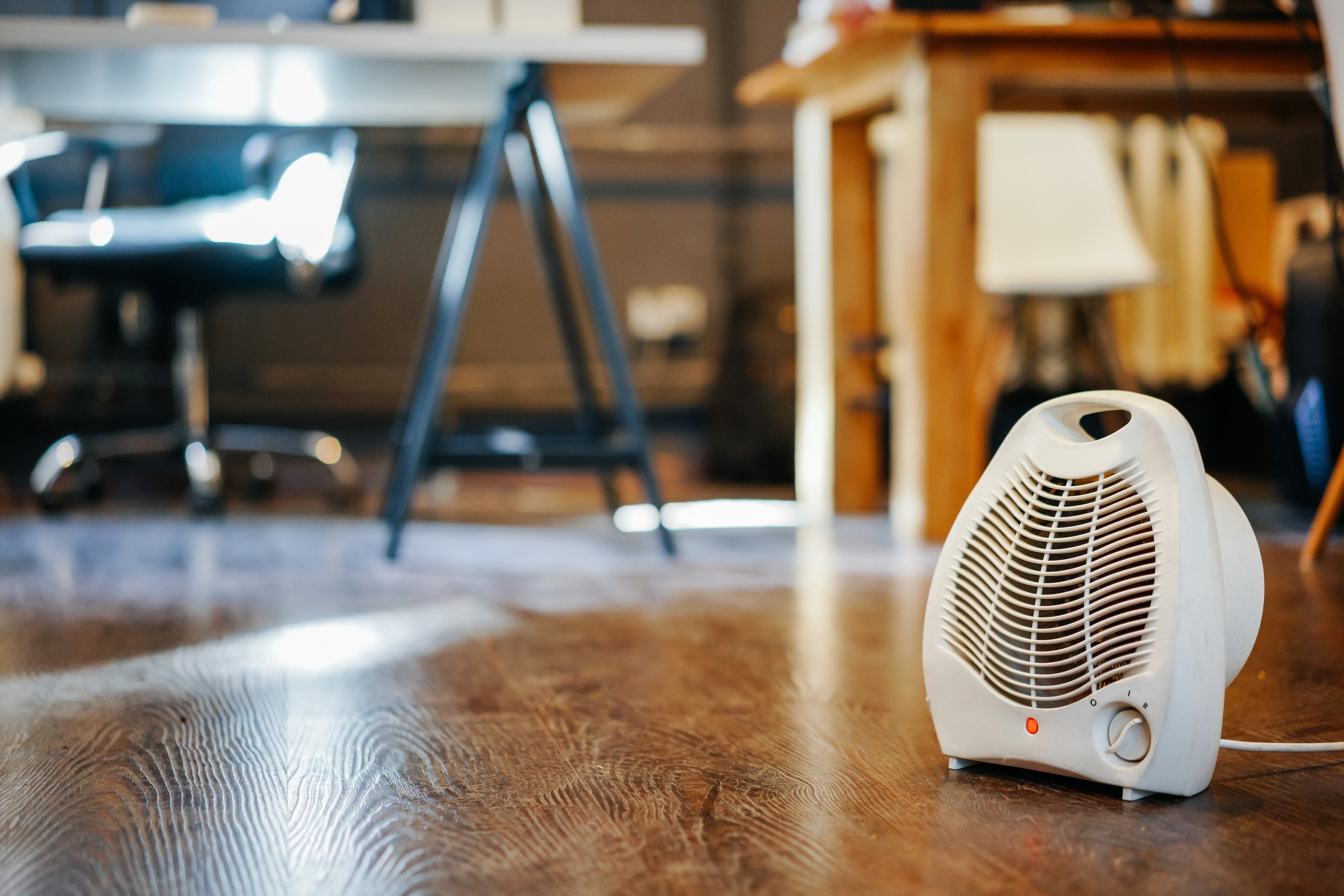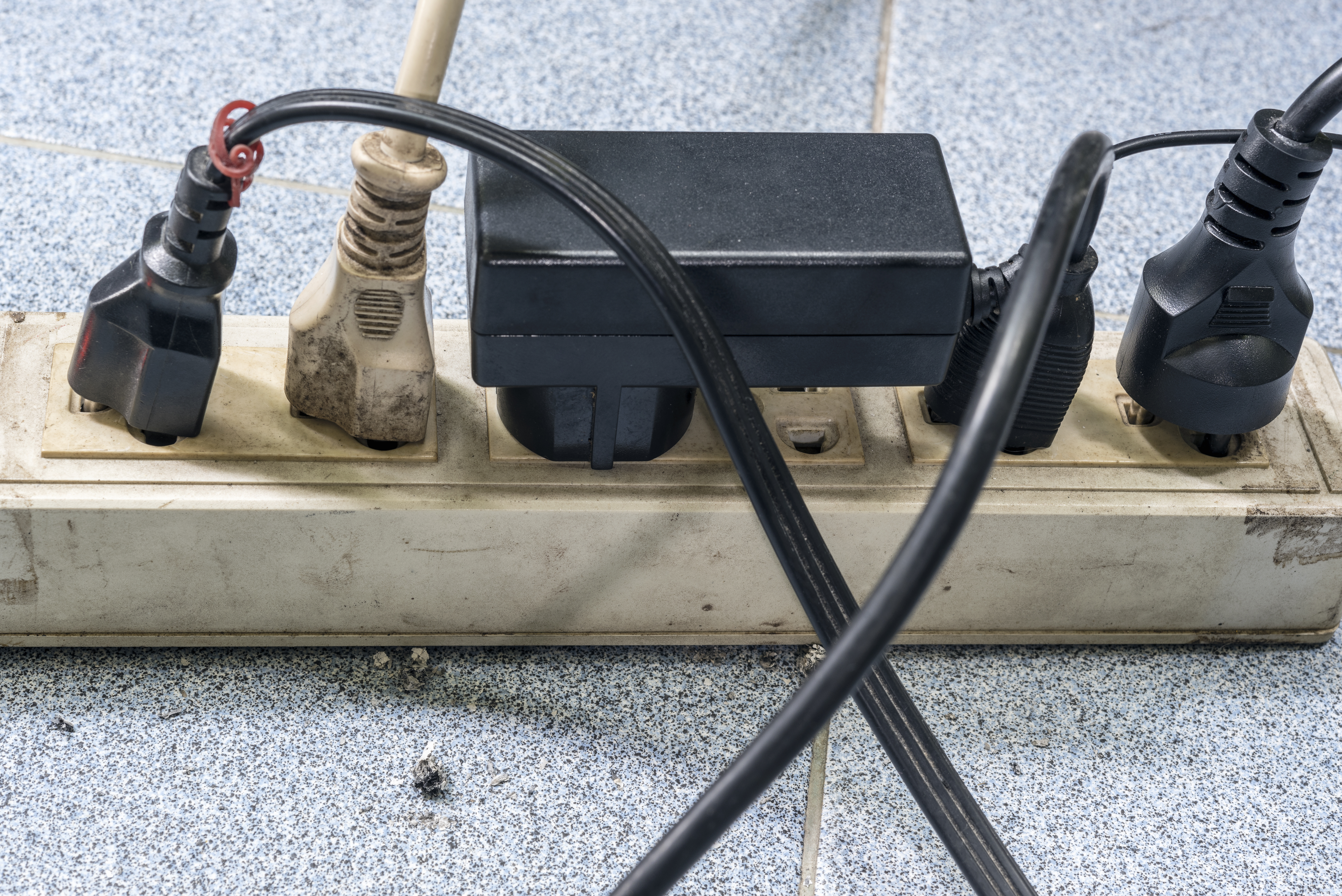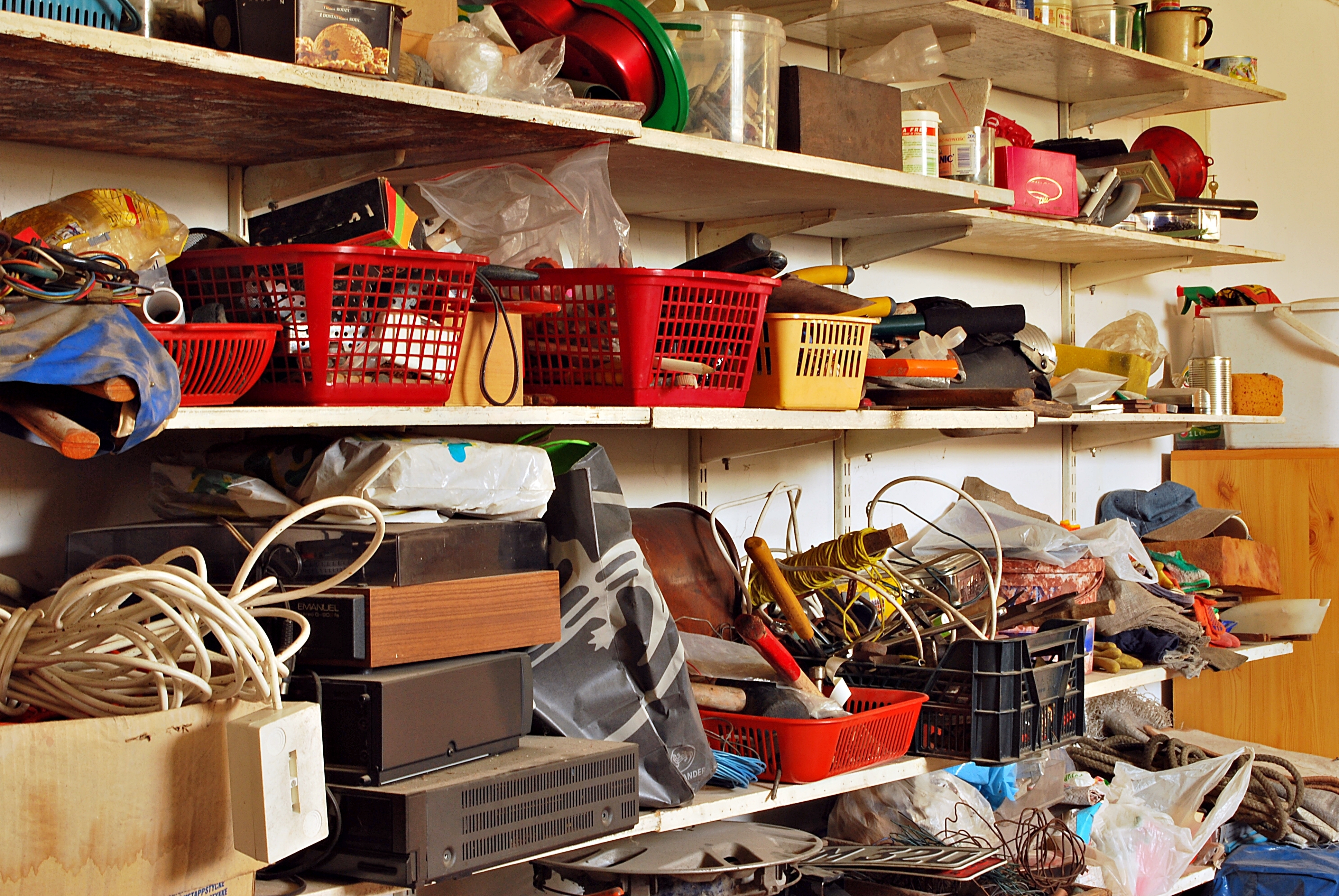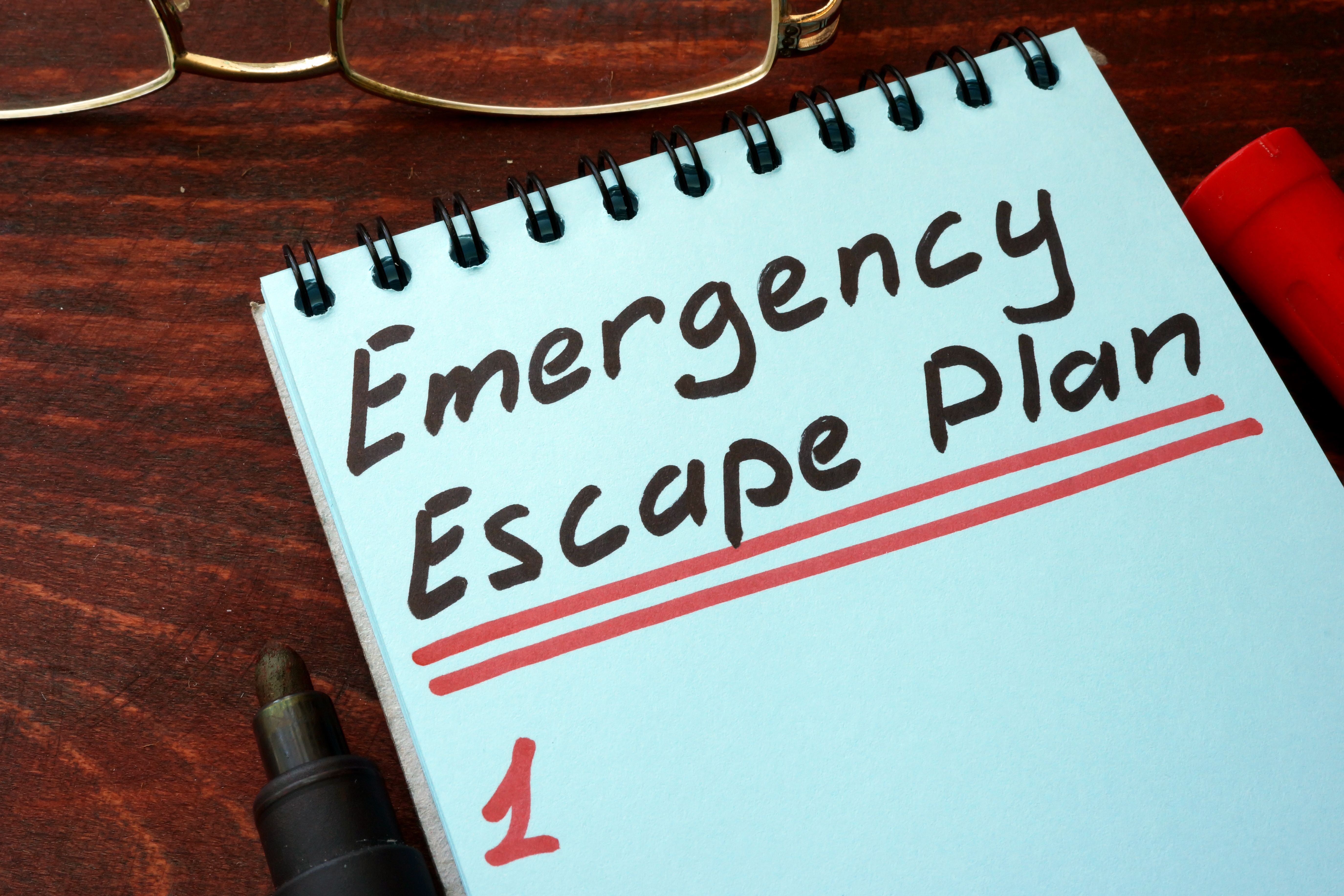Autumn has arrived, and soon it will be time to celebrate Thanksgiving and the winterholidays.
|But before you break out the space heaters, candy and candlesfor decorating, take a moment to educate yourself on fire hazardsto ensure your home and family's safety year-round.
|Read on to learn about five potential risk factors that could behidden in your home and how to take action toward better home fireprevention and preparedness today.
|Related: Top 10 ZIP codes for fire loss
||Always stay in the kitchen while food is cooking. (Photo:Shutterstock)
|Cooking equipment
The kitchen may be the heart of your home, but cooking equipmentis the leading cause of all home fires according to the National Fire ProtectionAssociation (NFPA). Next time you're whipping up adelicious meal, consider all the sources of kitchen fires and bemindful of your cooking practices to reduce your risk.
Kitchen fire hazards
Cooking using the stovetop, microwave or conventional oven caneasily spark fires. Heat sources can catch flammable materials likeoven mitts and hand towels on fire, while cooking protein-richfoods without caution can result in grease fires, fire and smokedamage, and lingering, unpleasant odors and potentially toxicresidue. Outdoor cooking equipment like deep fryers also posesignificant risks.
Kitchen fire safety tips
- Always stay in the kitchen while food is cooking.
- Keep an appropriately rated fire extinguisher within easy reachin the kitchen. Class B extinguishers are suitable to combat greaseand oil fires.
- Keep flammable fabrics and other items away from all cookingappliance heat sources.
Related: 25 U.S. cities with the highest risk of homefires
||Get your dryer professionally inspected on an annual basis.(Photo: Shutterstock)
|Dryers
Dryers were responsible for over 90% of all the residentialfires involving washers and dryers between 2010 and 2014 accordingto the NFPA (PDF). The leading cause of homefires involving dryers is improper cleaning, but you can easilyreduce your risk with routine maintenance.
Dryer fire hazards
Debris that builds up in the lint trap can catch fire whenexposed to the appliance's heat settings.
Dryer fire safety tips
- Clean out your lint trap or lint screen after EVERY use. Ittakes only a couple of seconds and can help stop a potential firebefore it ever becomes a significant risk factor.
- Get your dryer professional inspected on an annual basis. Anexpert will be able to access and check the vents and interiormachinery for additional lint buildup and fire risks.
Related: Here's why some fire damage claims go up insmoke
||Use the 1:1 rule – only plug one heating appliance into anelectrical outlet at a time. (Photo: Shutterstock)
|Heaters
When it's cold outside, you need to keep your home warm andtoasty, but you also want to keep it safe. Here's what to look outfor when using space heaters and fireplaces.
Heater fire hazards
Flammable materials and dust bunnies near space heaters caneasily ignite and create a quick-spreading fire. And whilefireplaces may be designed to contain fire, they still requirecaution and regular maintenance to effectively manage flames,embers and smoke.
Heater fire safety tips
- Sweep dust bunnies regularly.
- Place your heater a minimum of 3 feet from all flammableitems.
- Use the 1:1 rule — only plug one heating applianceinto an electrical outlet at a time.
- Unplug appliances and completely put out fires in the fireplacebefore you leave home.
- Call a professional to check and clean your chimney at leastonce a year.
- Use a fireplace screen to prevent hot embers from flying outand catching your possessions on fire.
Related: Understanding how property is valued after afire
||Use extension cords as needed so you only have one applianceconnected to each wall outlet. (Photo: Shutterstock)
|Electronics and outlets
So many of the gadgets and gizmos we use on a daily basisrequire electricity to operate. You likely have multiple outlets ineach room, so make sure the all the items you have plugged inthroughout your house are operating safely.
Electrical fire hazards
Outdated appliances, faulty outlets and damaged cords can allspark electrical fires — and the risks are easy to miss ifyou aren't looking for them.
Electrical fire safety tips
- Do NOT use any cords with exposed or frayed wires.
- Do NOT run cords under rugs or carpets.
- Do NOT use bulbs that exceed the manufacturer's recommendedwattage for lamps and light fixtures.
- Use extension cords as needed so you only have one applianceconnected to each wall outlet.
- Unplug electronics when not in use, including holidaylights.
- Look for testing labels that certify the safety of yourelectrical appliances and equipment. If an appliance is old or thesafety label is missing, consider getting a professional inspectionor replacement.
Related: Conflicting policy provisions lead to coverage forfire at insured's home
||Clear clutter from garage, basement and attic spaces.(Photo: Shutterstock)
|Miscellaneous hazards
We've covered the main sources of most house fires, but thereare additional steps you can take to further protect your home fromhazards you may not have considered until now.
Other home fire hazards
Trash, old papers and dense clutter in areas like your garage,basement and attic create the perfect fuel for a fire. Pay closeattention to other common, highly-flammable items you may keep in agarage or storage shed, including gasoline, chemicals and gasesused for grilling.
|Household items, like improperly stored batteries and evenglassware sitting in a beam of sunlight, can generate enough heatto ignite a fire. Of course, you don't want to forget aboutthe dangers of candles either,especially during the holidays. Candles are particularly easy toknock over or bump into, posing additional risk.
General home fire safety tips
- Do NOT leave burning candles unattended.
- Avoid leaving piles of lawn clippings in your yard.
- Clear clutter from garage, basement and atticspaces.
- Safely store important papers and get rid of the rest.
- Discard unwanted materials, debris and trash in the properreceptacles.
- Store glassware away from direct sunlight.
- Store unused batteries in their original packaging and recyclethem appropriately after use.
- Keep flammable liquids in tightly-sealed metal containers andaway from heat sources.
- Place outdoor cooking equipment at least 10 feet away fromstructures, trees or overhangs.
Related: 5 homeowner tips to reduce fall & winterproperty damage, insurance costs
||At least twice a year, check that all smoke alarms in yourhome are functioning properly. (Photo: Shutterstock)
|Home fire prevention starts with you
The theme for Fire Prevention Week 2017 is "Every Second Counts:Plan 2 Ways Out!" because every second truly counts in a fireemergency. The key to fire safety is not only taking the properprecautions to prevent a fire from occurring in the first place,but also being prepared just in case one does.
|At least twice a year, check that all smoke alarms in your homeare functioning properly. That way, if a fire does break out,you'll be alerted quickly and can react as fast as possible. Thisreaction period is when your family emergency plan comes into play, soprepare and practice ahead of time. Your family emergency planshould include survival and fire prevention supplies, contactinformation and evacuation routes. You and every member of yourfamily should always know the fastest, safest ways out of yourhome, where to go and who to call in an emergency.
|Don't be afraid of the potential hazards in your home —be aware, and use the fire prevention week activities above tominimize your risk. Develop an exit strategy and run practicedrills with your family to help avoid preventable tragedy duringthe joyous holiday season. With knowledge of the most common firerisks, our tips for fire prevention and a strong emergency responseplan in place, you and your loved ones will be well equipped toprotect yourselves and your home through the holidays andbeyond.
|Related: 6 critical home fire escape planningtips
|Pete Duncanson is director of businessprocess and branch operations for ServiceMaster Restore, andchairman of the board for the IICRC. He can be reachedat [email protected].
Want to continue reading?
Become a Free PropertyCasualty360 Digital Reader
Your access to unlimited PropertyCasualty360 content isn’t changing.
Once you are an ALM digital member, you’ll receive:
- All PropertyCasualty360.com news coverage, best practices, and in-depth analysis.
- Educational webcasts, resources from industry leaders, and informative newsletters.
- Other award-winning websites including BenefitsPRO.com and ThinkAdvisor.com.
Already have an account? Sign In
© 2024 ALM Global, LLC, All Rights Reserved. Request academic re-use from www.copyright.com. All other uses, submit a request to [email protected]. For more information visit Asset & Logo Licensing.


